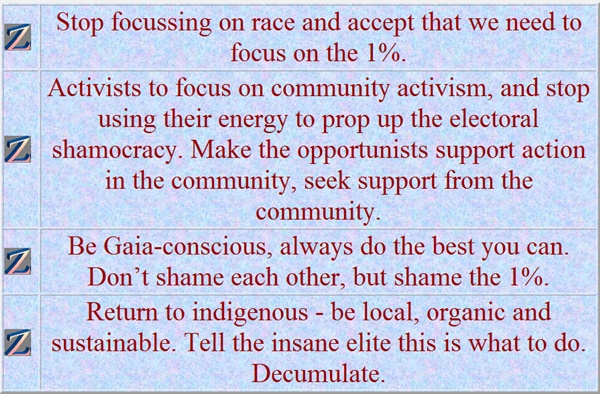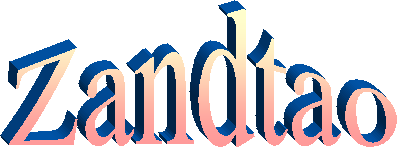The Fourth Way
It is coming together. What I initially thought was ambitious because I am no longer active is taking shape. And the writing has helped me focus personally – well it always does that.
The Fourth Way is Empowerment and Constructive Development, and is the 4th way after assimilation resignation and resistance. It was arrived at by long processes of discussion with Elders as discussed in the link. It is guided by 16 principles contained within the document, as yet I haven’t considered them.
My recent direction has been Indigenous Wisdom as guide. In this document “The Fourth Way describes and points the way for Indigenous Peoples to return to their roots and in the process contribute to the survival of our Human Family and the protection, health, and restoration of our Mother Earth. ” It is directed at Indigenous peoples. The pathtivism manual does not have this purpose, it is directed at activists. So how does the fourth way connect with that?
The manual basically suggests that activists need to follow the path. The movement has failed. At a time where rage (Pankaj Mishra is widespread because people are beginning to understand how much they are being exploited, instead of turning to the movement they are turning to racism. The movement has failed to get the simple message across that race is scapegoatism. At the same time the movement has generally failed to engage with the fundamental issue of the destruction of Gaia, by following the path activists will begin to understand this.
Let’s make a big assumption. Suppose activists are now following the path, what will they do next? And the fourth way provides the answer – empowerment and constructive development. This is not about ego, power and influence in politics, it is about empowering people. It is a recognition that once activists follow the path then their objective becomes empowering people. In my view through their own empowerment people will end the apathy central to neoliberalism, and begin to make their own decisions. The opportunists will have to come to them because they are empowered. People can demand that, in an electoral democracy, if the opportunists want the vote they have to demonstrate practically that they will act in peoples’ interests – empowered people will not accept the false rhetoric that is the trade of most of the world’s politicians. Not surprisingly this fits in with the pathtivist strategies:-

I want to talk about Elders. It is accepted within Indigenous communities that Elders have much to offer, they lead. In non-Indigenous communities old people are put out to pasture as soon as possible. This is such a waste. It is not minds that age so much as bodies. In my own case retirement is one great opportunity to learn as I have sufficient money to live in the country I have chosen. In retirement I don’t have the shackles of indenture that require me to comply or compromise with views of the powerful and influential. However amongst the conditioned there is apathy, a state of mind that does not encourage learning, a state of mind in which there is no increasing of wisdom with age because conditioned people have no encouragement to learn. Empowerment of course would change this.
Our dispossessed societies have lost the influence of wise Elders, and what is important to note is that wisdom is connected to Gaia, it is the insights of the path that bring wisdom. It is the exception in dispossessed societies who find wisdom. We have also had discernment taken away, this means that we cannot recognise who are Elders – as with our choice in politicians. Without Elders to guide us activists need to find that wisdom, this is why it is essential that activists follow the path – become pathtivists or similar.
The fourth way is the direction once activists follow their paths.

|
 The path of compassion, insight and creativity - the struggle for GAIA and against the 1%-satrapy of war and wage-slavery.
The path of compassion, insight and creativity - the struggle for GAIA and against the 1%-satrapy of war and wage-slavery. Zandtao Blog Links page
Zandtao Blog Links page 